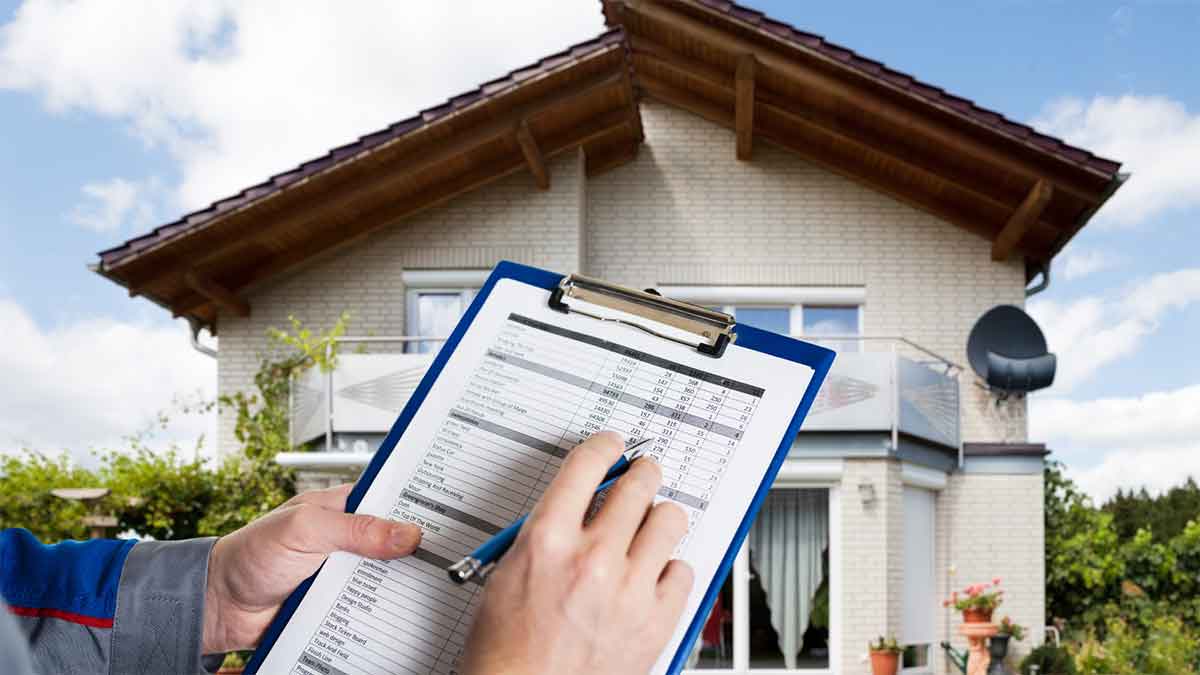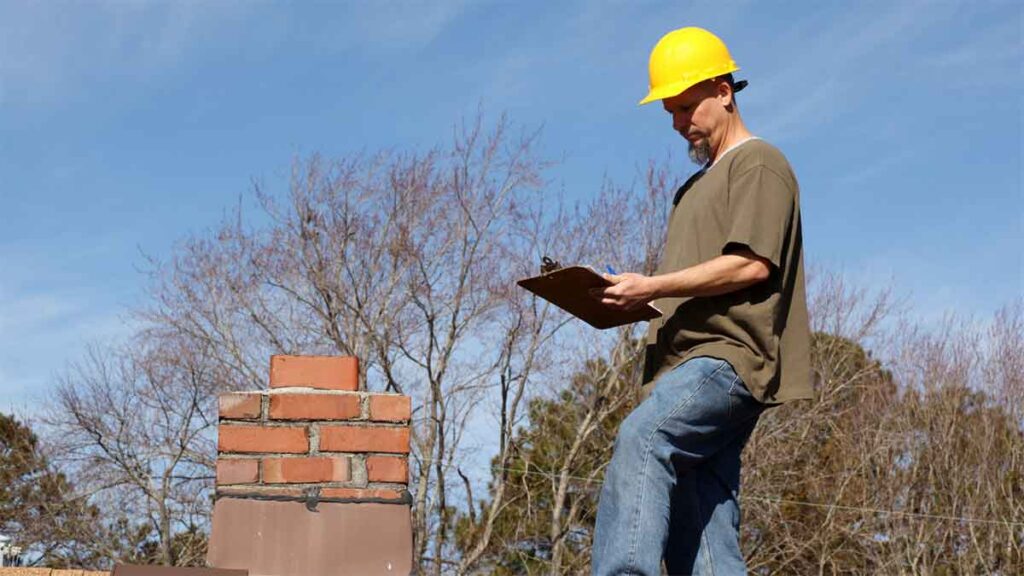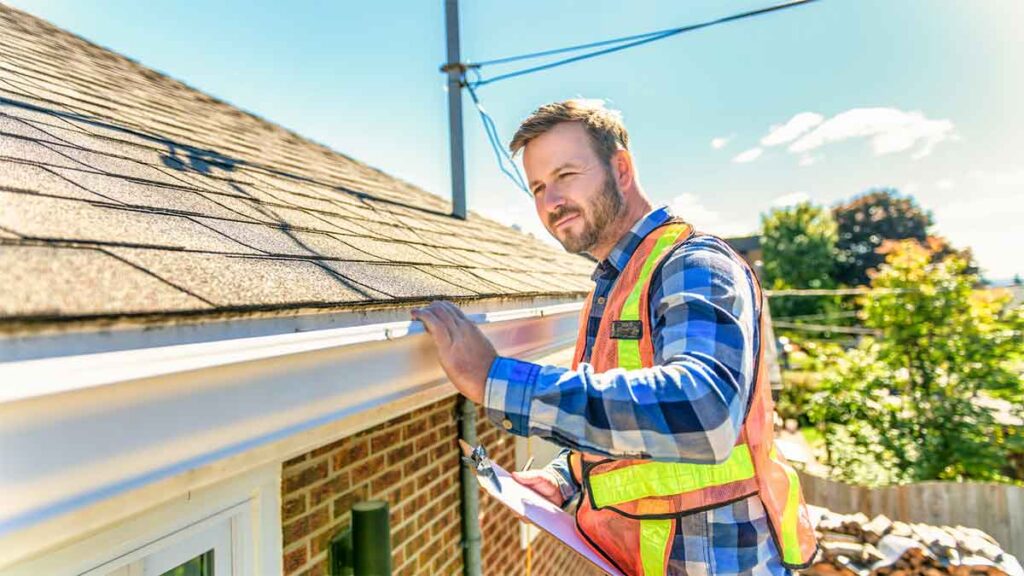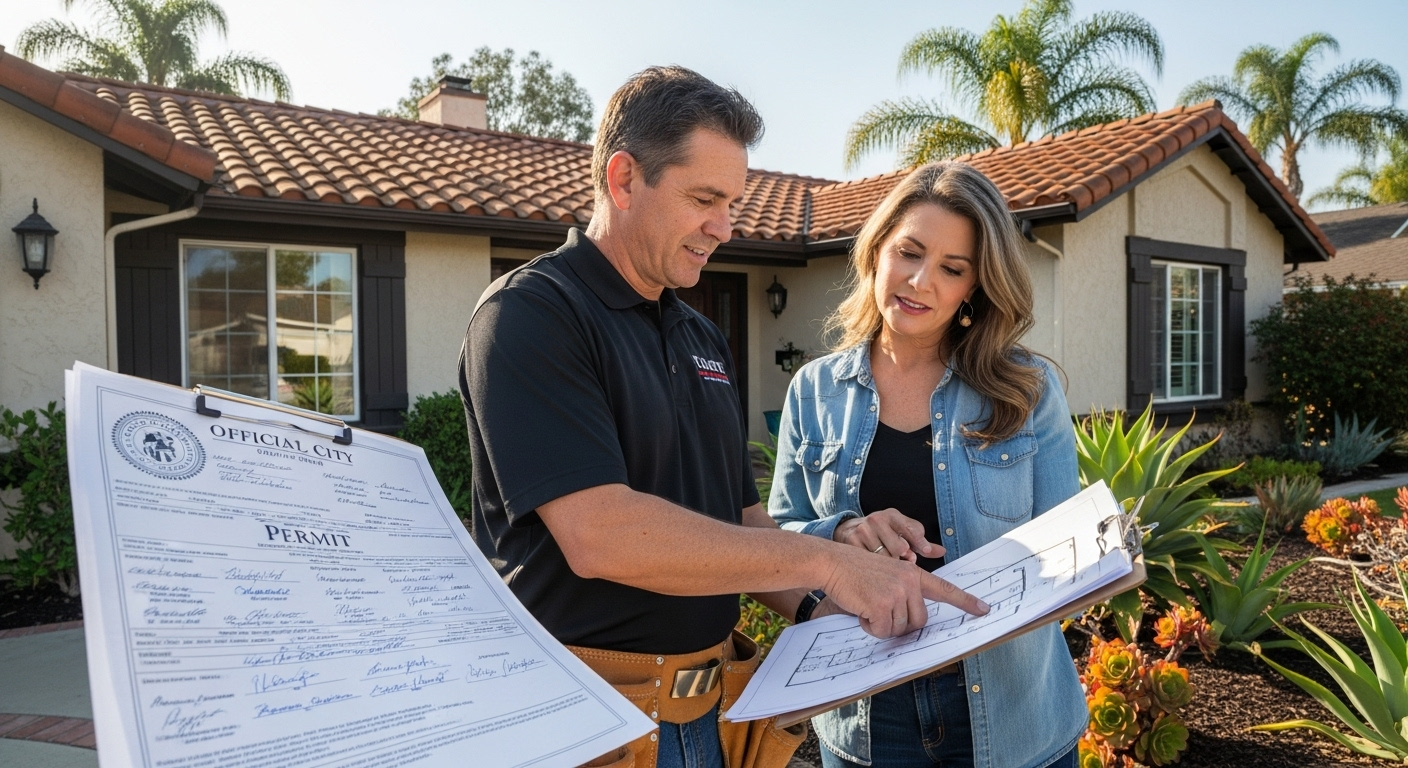A stained ceiling. Water spots in the attic. A draft you can’t explain. These minor issues often signal that something more serious is happening above. When overlooked, they lead to water intrusion, damaged insulation, mold growth, and even structural weakening. By the time you notice visible damage, you’re already looking at a much bigger repair bill.
As such, the need for a reliable solution becomes necessary.
In this blog, we will explain why regular roof inspections are crucial. You’ll also learn how to properly carry them out, whether on your own or with a contractor. Regular checks are critical for preventing sudden damage and addressing professional roof repair services before the issue escalates.
Understanding Roof Inspections and Their Role in Property Maintenance
Roof inspections involve a thorough examination of your roof’s condition, including its materials, flashing, seals, drainage, and supporting structures. They help assess how well the roof protects your home against water, wind, and changing temperatures. A thorough inspection can spot early signs of trouble before they cause long-term damage.
Most inspections focus on wear and tear, especially after storms or seasonal changes. The process includes reviewing shingles, underlayment, joints, vents, and attic spaces. A complete inspection identifies minor problems that could compromise your home’s structure or lead to high repair costs.
Roof inspections play a key role in home maintenance by helping you:
- Catch leaks before they damage interior finishes
- Improve energy efficiency by checking insulation and ventilation
- Keep your roofing warranty valid with the required documentation
- Maintain eligibility for home insurance coverage
Routine inspections give you control over your roof’s condition. Instead of reacting to damage, you stay ahead of it. Inspections are quick, low-cost tasks that help avoid major issues and protect your property’s long-term value.
The Critical Importance of Implementing Regular Roof Inspections
Roofs endure a great deal of abuse from the elements, yet they’re often one of the most overlooked aspects of a home. Routine inspections are crucial for preventing minor issues from escalating into costly problems. So, what exactly makes regular inspections so important, and how do they ultimately protect your home?
Early Detection of Damage Prevents Costly Structural Repairs
Most roof damage doesn’t happen overnight. It starts small. Maybe a lifted shingle, cracked flashing, or worn sealant around a vent. Left unchecked, water works its way beneath the surface. Once it reaches the deck or insulation, the damage spreads quickly and silently. By the time a ceiling stain appears inside, rot and mold may already be forming underneath.
A simple inspection could prevent that chain of events from occurring. Catching damage early keeps it isolated and manageable. Instead of a complete deck replacement, you might only need minor repairs. Timely detection saves money and preserves your roof’s structural integrity. It also gives you control before the damage forces your hand.
Extending Your Roof’s Lifespan Through Preventive Maintenance
Every roof has a lifespan, but how long it lasts depends heavily on proper maintenance and upkeep. Exposure to weather, temperature shifts, and time all take a toll. Without inspections, common roof problems and signs of damage, such as slow leaks or blocked vents, often go unnoticed. They silently reduce the roof’s effectiveness year after year.
Preventive maintenance based on regular inspections helps avoid this. Addressing minor wear keeps materials performing at their best. It also prevents deterioration from spreading. A well-maintained roof can outlast its expected service life, giving you more value from your investment and fewer surprise expenses down the road.
Protecting Interior Assets and Health from Water Damage and Mold
Roof leaks don’t stay in the attic. Water travels through insulation, drywall, and electrical systems. It can damage flooring, furniture, and personal items without warning. Once moisture is present, mold can grow rapidly, often within 24 to 48 hours.
Mold isn’t just unsightly. It affects indoor air quality and poses health risks, particularly for individuals with allergies or respiratory conditions. Regular roof inspections help identify vulnerabilities before water enters the home, thereby preventing potential damage. They’re not just about keeping the roof intact, but also protecting everything beneath it, including your health and the well-being of your home environment.
Maintaining Home Value and Insurance Coverage Requirements
A damaged roof lowers property value. When buyers see signs of neglect or wear, they assume bigger problems may follow. On the other hand, a well-documented inspection history demonstrates responsibility and regular maintenance. That helps retain your home’s value and supports a smoother resale process.
Insurance companies also pay attention to the condition of the roof. Some policies require regular inspections for continued coverage. If a claim is denied due to a lack of maintenance, the financial fallout can be significant. Keeping up with inspections not only maintains your property’s market appeal but also aligns with insurance expectations.
Step-by-Step Guide to Conducting Effective Roof Inspections
A proper roof inspection involves more than a glance. Look for signs of wear, damage, and performance issues. Whether you’re doing it yourself or calling in help, knowing what to check makes a big difference. Here’s how to approach it with clarity and confidence:
Essential Safety Precautions and Equipment for DIY Roof Assessments
Before climbing, safety must come first. Roofs present real risks, especially if they’re steep, wet, or unfamiliar. Falling is a serious hazard. That’s why every DIY inspection should start with the right gear and setup.
Use a sturdy ladder placed on level ground. Non-slip shoes are a must, as is working during dry, daylight hours. If your roof is steep or you’re unsure of footing, don’t take the risk. Assess from the ground with binoculars or call a pro. Being cautious ensures you stay safe while protecting your home.
Seasonal Inspection Checklist for Different Roofing Materials
Roof conditions shift with the seasons. Summer heat expands materials. Winter causes contraction, ice buildup, and moisture exposure. These cycles affect different roofing types in unique ways, which is why seasonal inspections are recommended.
Shingles may crack, tiles may loosen, and metal seams may pull apart. In spring and fall, check for clogged gutters, water pooling, or debris buildup. Each material has different failure points, and catching them early prevents long-term damage. Creating a roof maintenance calendar for Orange County’s unique climate helps ensure you don’t miss critical inspection periods throughout the year.
Make a habit of checking twice a year, once before and once after extreme weather seasons.
Identifying Warning Signs Requiring Immediate Attention
Some roof problems can wait. Others can’t. Signs such as active leaks, sagging areas, and mold should prompt immediate action. These symptoms typically indicate that moisture has already penetrated your roofing system and may be spreading undetected.
Other urgent signs include missing shingles, exposed underlayment, rusted flashing, or damp attic insulation. Ignoring these clues risks compounding the damage. If you see any of these during an inspection, don’t delay. Quick repairs prevent costlier consequences later.
When and Why to Hire a Professional Roofing Contractor
DIY inspections are helpful, but they have limits. A professional knows where and how to look deeper. They can assess structural integrity, check for hidden moisture, and spot issues invisible to the untrained eye.
Modern technology has revolutionized professional inspections. Drone roof inspections now provide detailed aerial views without putting inspectors at risk, while advanced leak detection technologies can identify moisture problems before they become visible.
Hiring a residential roofing company ensures a complete, detailed evaluation. It’s essential after severe weather or if you plan to sell your home. A contractor’s report adds credibility and can serve as valuable documentation for insurance purposes or to support warranties. For homeowners in Orange County, our Garden Grove roofing services team provides comprehensive inspection services tailored to local climate conditions.
When in doubt, bring in a pro. It’s worth the peace of mind.
Making Roof Inspections a Priority in Your Home Maintenance Routine
Roof inspections aren’t complicated, but they do require consistency. Many homeowners delay them until something goes wrong, which usually leads to more expensive and time-consuming repairs. Making inspections a part of your regular maintenance plan helps you avoid that cycle. Spend just a few hours a year and save thousands in the long run.
The benefits speak for themselves. You reduce the risk of hidden damage, improve your roof’s performance, and extend its lifespan. You also avoid potential issues with insurance or warranties. When you treat your roof like the critical system it is, you protect more than just the top layer, you protect your entire home.
Start by scheduling inspections at least twice a year. Keep notes, take photos, and don’t hesitate to bring in a professional if something appears to be off. Staying proactive keeps your home in better shape and gives you one less thing to worry about. A strong roof starts with a simple habit: check it regularly.





